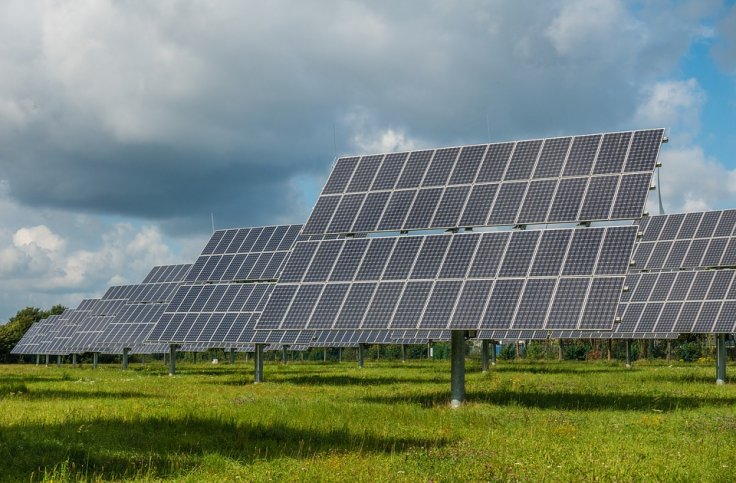
A team of researchers at Stanford University has discovered how nanotechnology can be made useful in creating crystalline silicon (c-Si) thin film solar cells which will reduce cost of energy production and store more solar energy.
The discovery is beneficial globally as it can be implemented to reduce the consumption of fossil fuels, leading to the prevalence of sustainable sources of energy that cause less pollution and environmental degradation.
The team comprised of Dr. Shwetha Basu Mallick and her advisors Dr. Mark Brongersma and Dr. Peter Peumans. Together, they demonstrated the new cheaper and more efficient solar cell by using optical modelling and electrical simulations.
It showed that a thin-film crystalline silicon solar cell with a 2D nanostructure can generate thrice as much photo current as an equally thick unstructured cell. The property of nano-structured surfaces to trap incoming light helps in absorbing and storing more energy.
"This is important because it helps countries be competitive against imported cells and paves the way for new solar applications such as flexible or transparent cells," said Basu Mallick. Basically, it is a simple way to improve the performance of all silicon solar cells.
This form of energy storage had been proposed earlier too, where it was stated that crystalline silicon is an ideal photovoltaic material that can reduce the amount of material needed to store more energy.
"Here, a photonic crystal (PC) based approach is used to maximize solar light harvesting in a 400 nm-thick silicon layer by tuning the coupling strength of incident radiation to quasiguided modes over a broad spectral range. The structure consists of a double layer PC with the upper layer having holes which have a smaller radius compared to the holes in the lower layer," reads the abstract of a 2010 paper on crystallized silicon solar cells.
The successful creation of solar cells with nano-technology might be helpful in solving the energy imbalance in the world to some extent.








